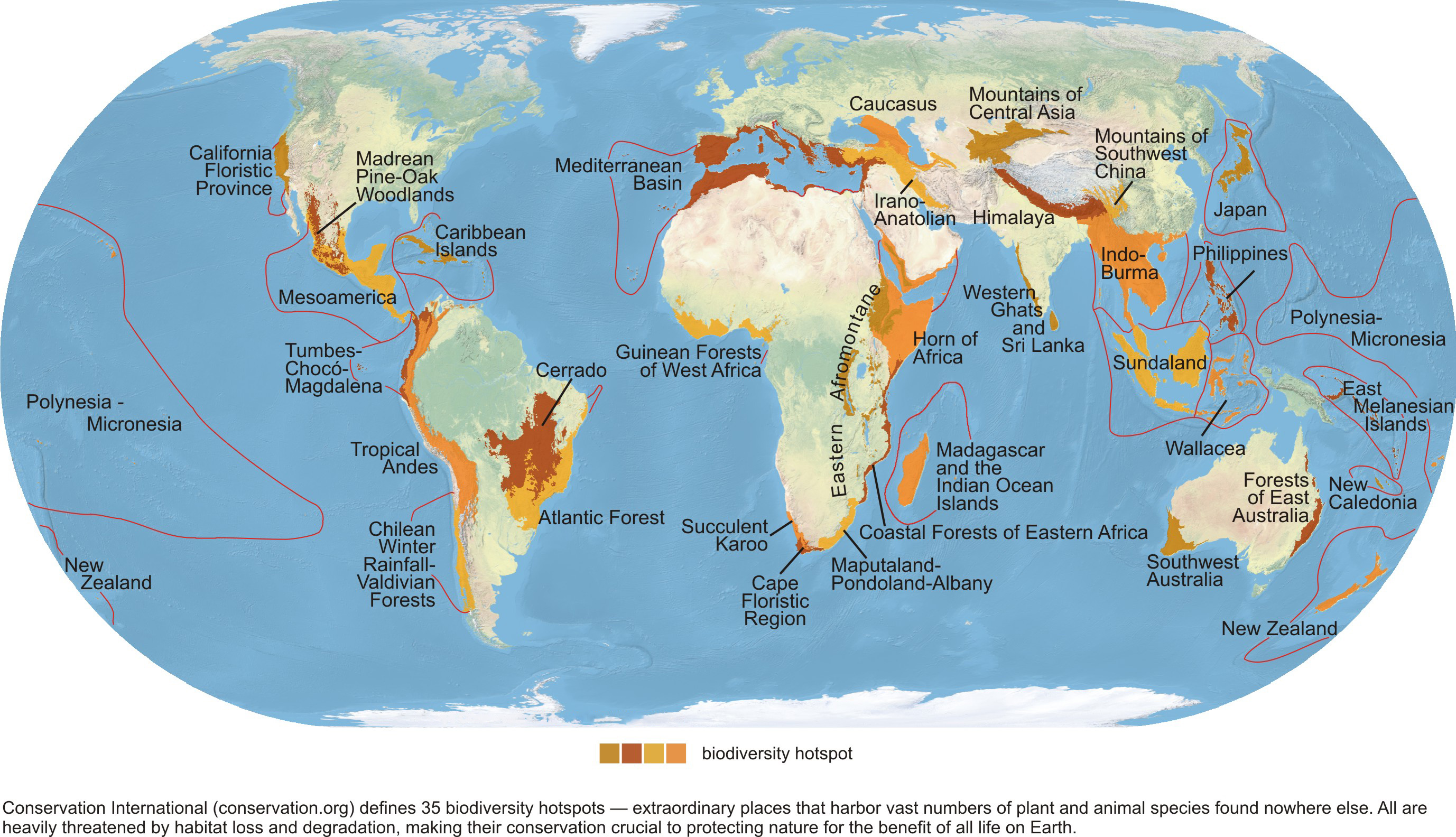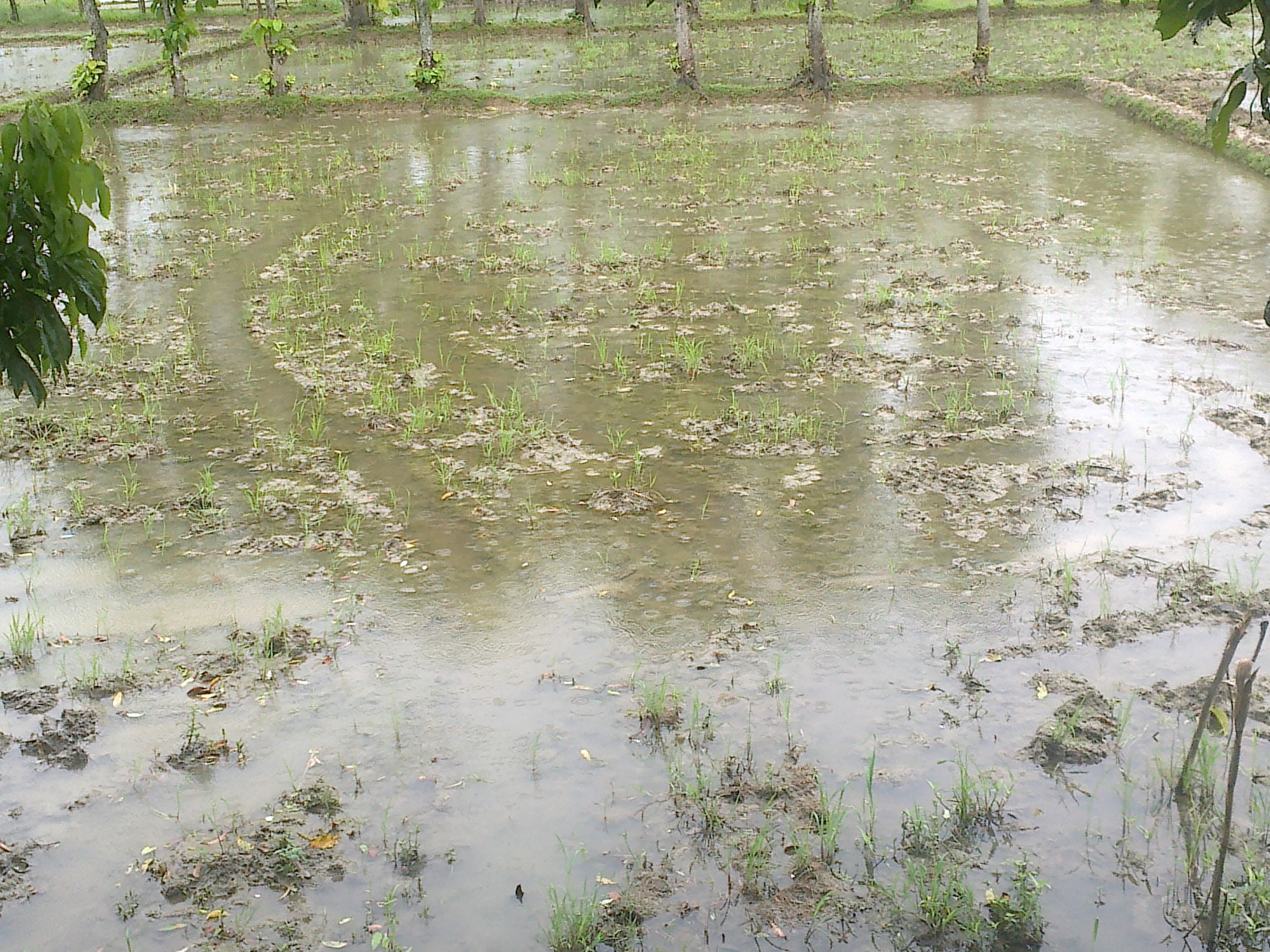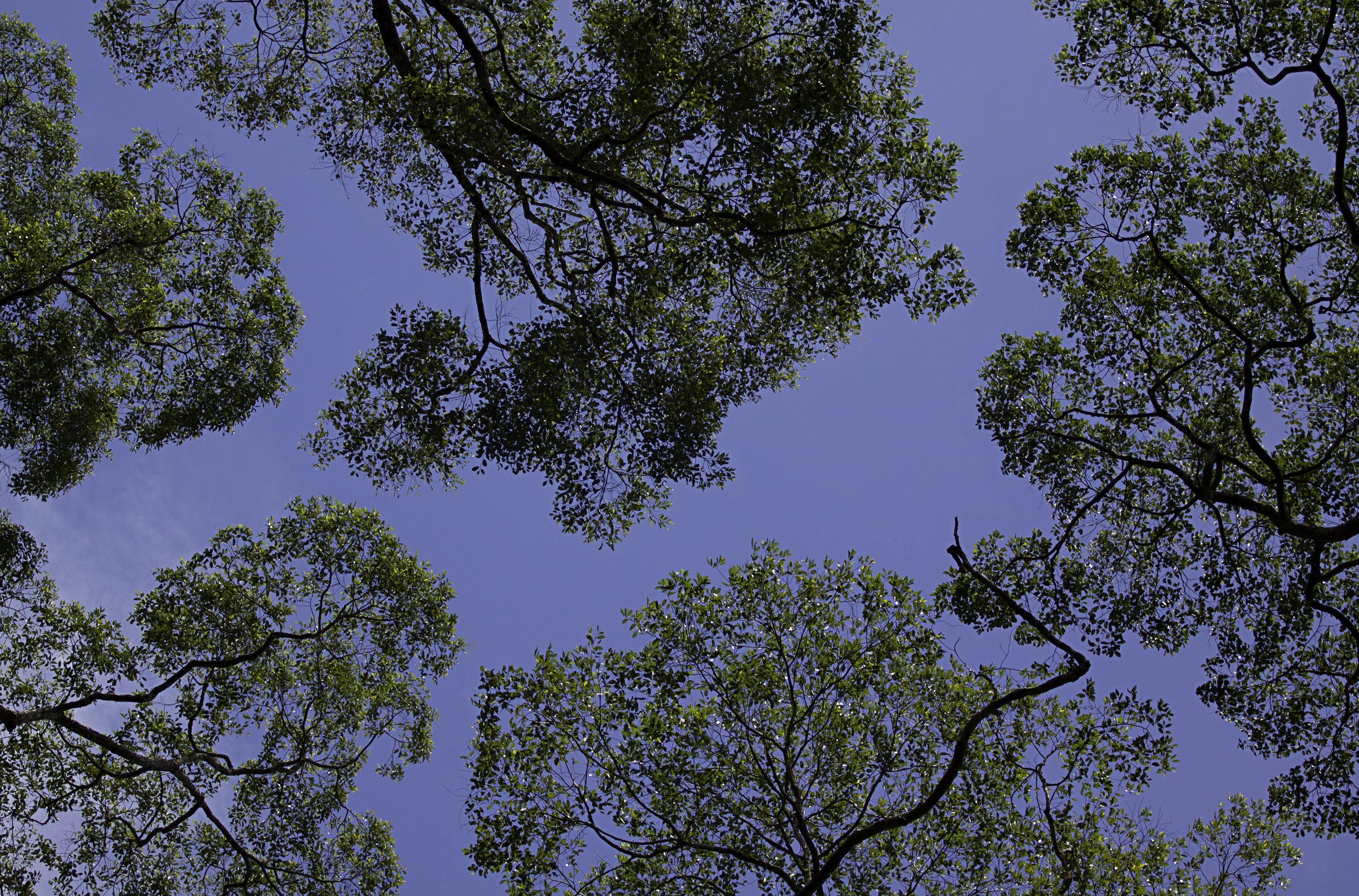|
Flores Hawk-eagle
The Flores hawk-eagle (''Nisaetus floris'') is a large raptor in the family Accipitridae. It is an endemic species to the Lesser Sunda Islands in Indonesia. A member of the genus ''Nisaetus'', it was considered as a subspecies of and conspecific with the changeable hawk-eagle but genetic studies have evidenced it as a legitimate species. A forest dwelling predator, this species is classified as endangered due to habitat loss and persecution. Description Adults have dark brown upperparts, a brown tail with six bars, a white patch in the wings that is visible in flight, white underparts, and a white head with fine brownish streaks on the crown (many books erroneously illustrate adults with largely brown heads). Furthermore, they have sparse light dark markings about the thighs. The white patches at the upperside of the primaries are a species diagnostic. Furthermore, the tail has 6, not 4–5, bars. It has traditionally been treated as a subspecies of the changeable hawk-eagle; a ... [...More Info...] [...Related Items...] OR: [Wikipedia] [Google] [Baidu] [Amazon] |
Ernst Hartert
Ernst Johann Otto Hartert (29 October 1859 – 11 November 1933) was a widely published German ornithologist. Life and career Hartert was born in the Free and Hanseatic City of Hamburg on 29 October 1859. In July 1891, he married the illustrator Claudia Bernadine Elisabeth Hartert in Frankfurt am Main, Germany, with whom he had a son named Joachim Karl (Charles) Hartert, (1893–1916), who was killed as an English soldier on the Somme. Together with his wife, he was the first to describe the blue-tailed Buffon hummingbird subspecies (''Chalybura buffonii intermedia'' Hartert, E & Hartert, C, 1894). The article ''On a collection of Humming Birds from Ecuador and Mexico'' appears to be their only joint publication. Hartert was employed by Walter Rothschild, 2nd Baron Rothschild as ornithological curator of Rothshild's private Natural History Museum at Tring, in England from 1892 to 1929. Hartert published the quarterly museum periodical ''Novitates Zoologicae'' (1894–39) wi ... [...More Info...] [...Related Items...] OR: [Wikipedia] [Google] [Baidu] [Amazon] |
Lombok
Lombok, is an island in West Nusa Tenggara province, Indonesia. It forms part of the chain of the Lesser Sunda Islands, with the Lombok Strait separating it from Bali to the west and the Alas Strait between it and Sumbawa to the east. It is roughly circular, with a "tail" (Sekotong Peninsula) to the southwest, about across and a total area of about including smaller offshore islands. The provincial capital and largest city on the island is Mataram (city), Mataram. Lombok is somewhat similar in size and density, and shares some cultural heritage with the neighboring island of Bali to the west. However, it is administratively part of West Nusa Tenggara, along with the larger but less densely populated island of Sumbawa to the east. Lombok is surrounded by a number of smaller islands locally called Gili Islands, Gili. The island was home to some 3,168,692 people as recorded in the decennial 2010 census and 3,758,631 in the 2020 Census;Badan Pusat Statistik, Jakarta, 2021. the of ... [...More Info...] [...Related Items...] OR: [Wikipedia] [Google] [Baidu] [Amazon] |
Habitat Loss
Habitat destruction (also termed habitat loss or habitat reduction) occurs when a natural habitat is no longer able to support its native species. The organisms once living there have either moved elsewhere, or are dead, leading to a decrease in biodiversity and Abundance (ecology), species numbers. Habitat destruction is in fact the leading cause of biodiversity loss and species extinction worldwide. Humans contribute to habitat destruction through the Exploitation of natural resources, use of natural resources, agriculture, industrial production and urbanization (urban sprawl). Other activities include mining, logging and trawling. Environmental factors can contribute to habitat destruction more indirectly. Geological processes, climate change, introduced species, introduction of invasive species, ecosystem nutrient depletion, water pollution, water and noise pollution are some examples. Loss of habitat can be preceded by an initial habitat fragmentation. Fragmentation and lo ... [...More Info...] [...Related Items...] OR: [Wikipedia] [Google] [Baidu] [Amazon] |
Large Flying Fox
The large flying fox (''Pteropus vampyrus'', formerly ''Pteropus giganteus''), also known as the greater flying fox, Malayan flying fox, Malaysian flying fox, large fruit bat, kalang, or kalong, is a southeast Asian species of megabat in the family Pteropodidae. Despite its scientific name, it feeds exclusively on fruits, nectar, and flowers, like the other flying foxes of the genus ''Pteropus''. It is noted for being one of the largest bats. As with nearly all other Old World fruit bats, it lacks the ability to Animal echolocation, echolocate but compensates for it with well-developed eyesight. Taxonomy The large flying fox was one of the many Mammalia in the 10th edition of Systema Naturae, mammal species originally described by Carl Linnaeus in the landmark 1758 10th edition of Systema Naturae, 10th edition of his ''Systema Naturae'', receiving the name ''Vespertilio vampyrus''. The holotype was collected on Java. Its specific epithet (zoology), species name "''vampyrus''" is ... [...More Info...] [...Related Items...] OR: [Wikipedia] [Google] [Baidu] [Amazon] |
Rail (bird)
Rails (avian family Rallidae) are a large, Cosmopolitan distribution, cosmopolitan family (biology), family of small- to medium-sized terrestrial and/or semi-amphibious birds. The family exhibits considerable diversity in its forms, and includes such ubiquitous species as the crakes, coots, and gallinule; other rail species are extremely rare or endangered. Many are associated with wetland habitats, some being semi-aquatic like waterfowl (such as the coot), but many more are wading birds or shorebirds. The ideal rail habitats are marsh areas, including rice paddy, rice paddies, and flooded fields or open forest. They are especially fond of dense vegetation for nesting.Horsfall & Robinson (2003): pp. 206–207 The rail family is found in every Terrestrial animal, terrestrial habitat with the exception of dry desert, Polar climate, polar or freezing regions, and Alpine climate, alpine areas (above the snow line). Members of Rallidae occur on every continent except Antarctica. N ... [...More Info...] [...Related Items...] OR: [Wikipedia] [Google] [Baidu] [Amazon] |
Mammal
A mammal () is a vertebrate animal of the Class (biology), class Mammalia (). Mammals are characterised by the presence of milk-producing mammary glands for feeding their young, a broad neocortex region of the brain, fur or hair, and three Evolution of mammalian auditory ossicles, middle ear bones. These characteristics distinguish them from reptiles and birds, from which their ancestors Genetic divergence, diverged in the Carboniferous Period over 300 million years ago. Around 6,640 Neontology#Extant taxon, extant species of mammals have been described and divided into 27 Order (biology), orders. The study of mammals is called mammalogy. The largest orders of mammals, by number of species, are the rodents, bats, and eulipotyphlans (including hedgehogs, Mole (animal), moles and shrews). The next three are the primates (including humans, monkeys and lemurs), the Artiodactyl, even-toed ungulates (including pigs, camels, and whales), and the Carnivora (including Felidae, ... [...More Info...] [...Related Items...] OR: [Wikipedia] [Google] [Baidu] [Amazon] |
Snake
Snakes are elongated limbless reptiles of the suborder Serpentes (). Cladistically squamates, snakes are ectothermic, amniote vertebrates covered in overlapping scales much like other members of the group. Many species of snakes have skulls with several more joints than their lizard ancestors and relatives, enabling them to swallow prey much larger than their heads ( cranial kinesis). To accommodate their narrow bodies, snakes' paired organs (such as kidneys) appear one in front of the other instead of side by side, and most only have one functional lung. Some species retain a pelvic girdle with a pair of vestigial claws on either side of the cloaca. Lizards have independently evolved elongate bodies without limbs or with greatly reduced limbs at least twenty-five times via convergent evolution, leading to many lineages of legless lizards. These resemble snakes, but several common groups of legless lizards have eyelids and external ears, which snakes lack, althoug ... [...More Info...] [...Related Items...] OR: [Wikipedia] [Google] [Baidu] [Amazon] |
Lizard
Lizard is the common name used for all Squamata, squamate reptiles other than snakes (and to a lesser extent amphisbaenians), encompassing over 7,000 species, ranging across all continents except Antarctica, as well as most Island#Oceanic islands, oceanic Archipelago, island chains. The grouping is Paraphyly, paraphyletic as some lizards are more closely related to snakes than they are to other lizards. Lizards range in size from chameleons and geckos a few centimeters long to the 3-meter-long Komodo dragon. Most lizards are quadrupedal, running with a strong side-to-side motion. Some lineages (known as "legless lizards") have secondarily lost their legs, and have long snake-like bodies. Some lizards, such as the forest-dwelling ''Draco (genus), Draco'', are able to glide. They are often Territory (animal), territorial, the males fighting off other males and signalling, often with bright colours, to attract mates and to intimidate rivals. Lizards are mainly carnivorous, often b ... [...More Info...] [...Related Items...] OR: [Wikipedia] [Google] [Baidu] [Amazon] |
Bird
Birds are a group of warm-blooded vertebrates constituting the class (biology), class Aves (), characterised by feathers, toothless beaked jaws, the Oviparity, laying of Eggshell, hard-shelled eggs, a high Metabolism, metabolic rate, a four-chambered heart, and a strong yet lightweight Bird skeleton, skeleton. Birds live worldwide and range in size from the bee hummingbird to the common ostrich. There are over 11,000 living species and they are split into 44 Order (biology), orders. More than half are passerine or "perching" birds. Birds have Bird wing, wings whose development varies according to species; the only known groups without wings are the extinct moa and elephant birds. Wings, which are modified forelimbs, gave birds the ability to fly, although further evolution has led to the Flightless bird, loss of flight in some birds, including ratites, penguins, and diverse endemism, endemic island species. The digestive and respiratory systems of birds are also uniquely a ... [...More Info...] [...Related Items...] OR: [Wikipedia] [Google] [Baidu] [Amazon] |
Spizaetus Cirratus
''Spizaetus'' is the typical hawk-eagle birds of prey genus found in the tropics of the Americas. It was however used to indicate a group of tropical eagles that included species occurring in southern and southeastern Asia and one representative of this genus in the rainforests of West Africa. The Old World species have been separated into the genus ''Nisaetus''. Several species have a prominent head crest. These are medium to large-sized raptors, most being between long, and tend to be long-tailed and slender. The American Ornithologists' Union merges ''Spizastur'' into ''Spizaetus'' since 2007. ''Spizaetus'' eagles are forest birds with several species having a preference for highland woodlands. They build stick nests in trees. The sexes are similarly plumaged with typical raptor brown upperparts and pale underparts, but young birds are distinguishable from adults, often by a whiter head. These eagles eat medium-sized vertebrate prey such as mammals, birds and reptiles. Spe ... [...More Info...] [...Related Items...] OR: [Wikipedia] [Google] [Baidu] [Amazon] |
Agricultural Land
Agricultural land is typically land ''devoted to'' agriculture, the systematic and controlled use of other organism, forms of lifeparticularly the rearing of livestock and production of cropsto produce food for humans. It is generally synonymous with both farmland or cropland, as well as pasture or rangeland. The United Nations Food and Agriculture Organization (FAO) and others following its definitions, however, also use ''agricultural land'' or as a term of art, where it means the collection of: * ''arable land'' (also known as ''cropland''): here redefined to refer to land producing crops requiring annual replanting or fallowland or pasture used for such crops within any five-year period * ''permanent cropland'': land producing crops which do not require annual replanting * ''permanent pastures'': natural or artificial grasslands and shrublands able to be used for grazing livestock This sense of "agricultural land" thus includes a great deal of land not devoted to agricultura ... [...More Info...] [...Related Items...] OR: [Wikipedia] [Google] [Baidu] [Amazon] |
Canopy (biology)
In biology, the canopy is the aboveground portion of a plant community, plant cropping or crop, formed by the collection of individual Crown (botany), plant crowns. In forest ecology, the canopy is the upper layer or habitat zone, formed by mature tree crowns and including other biological organisms (epiphytes, lianas, Arboreal, arboreal animals, etc.). The communities that inhabit the canopy layer are thought to be involved in maintaining forest diversity, Ecological resilience, resilience, and functioning. Shade trees normally have a dense canopy that blocks light from lower growing plants. Early observations of canopies were made from the ground using binoculars or by examining fallen material. Researchers would sometimes erroneously rely on extrapolation by using more reachable samples taken from the understory. In some cases, they would use unconventional methods such as chairs suspended on vines or hot-air dirigibles, among others. Modern technology, including adapted ... [...More Info...] [...Related Items...] OR: [Wikipedia] [Google] [Baidu] [Amazon] |







